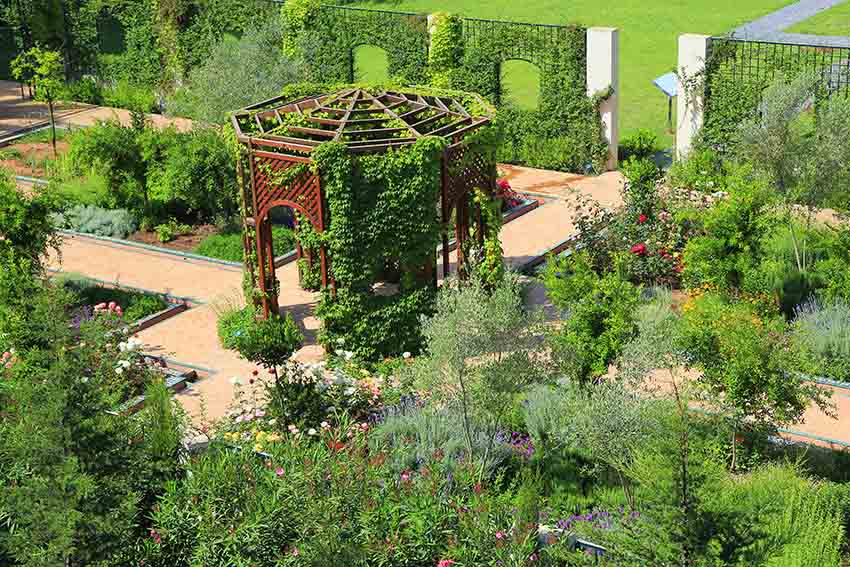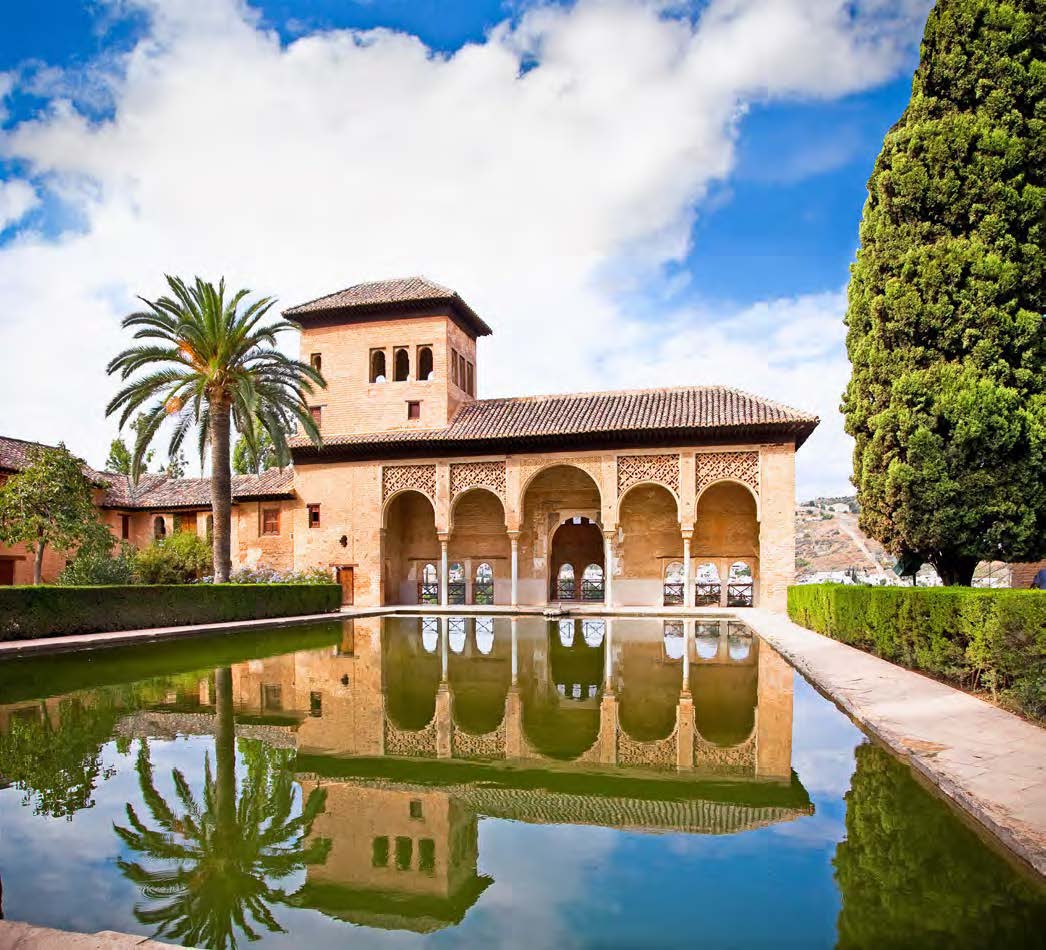Articles
The Spiritual Garden
Article author: Cherif Abderrahman Jah - FUNCI
Date of publication of the article: 26/10/2014
Year of publication: 2014
Article theme: Garden.
Water and fragrances in Islamic gardens
IV International Hispano-Arabic Encounter of Gardening. Almeria, 17th and 18th October 2014.
The Arabic words Hadiqah, riyad, janna, raudah refer to the garden in its classical sense, with different nuances. The words bustan, munia, ruzafa, buhaira, ‘ars refer to the large agricultural or leisure estates generally located on the periphery of towns. Agdal refers to cultivated gardens that yield crops. In addition there are other words to describe places where cultivation takes place: garsia, dalia and others.
These terms and others go to show the diversity of meaning in the concept of garden in the Islamic culture and in the daily life of the Muslim. For Muslims the garden is above all the essence of all the elements of Creation: Creation itself is a garden. This garden is at the heart of all the flowering Islamic civilization: beauty, mathematics, architecture, spirituality, poetry, botanic sensibility, hydraulics, biodiversity… But at the same time it also hides the secret of Islam, and all the gifts in this world and in the next: contemplation, peace, gratitude, conviviality, sensuality and including eternal rest.
As we have seen the garden has enormous relevance in Islamic culture. Undeniably the Islamic garden has been enriched by numerous influences over the centuries, not least from the pre Islamic oriental cultures, such as the Nabatean and Persian. But the essential spiritual nucleus of this garden is not of foreign influence, it is uniquely and distinctively of Islamic origin. To mistake this element would be to misunderstand the concept of the Islamic garden.
Lets attempt to define some of the components of the Islamic and Andalusian garden from an exclusively spiritual perspective.
Let’s start by saying that Andalusian gardens have their heart in the idea of a garden as Paradise. The presence of water, the fragrances, the shade, the fruits within reach of a hand and the pavilions of leisure offer more than just a charming visual spectacle. They transcend this: they offer a rich interpretation of the the Sacred Book, the Prophetic traditions and the Sufi works.
Professor María Jesús Rubiera Mata of the University of Alicante describes it in the following way in her work La Arquitectura en la Literature Arabe (Architecture in Arab Literature):
 “The oasis should be the heart of the Arab garden, the oasis, which offers the Bedouin all the delights of dappled sun and shade. It appears as a deep band of black on the bright horizon, and then as one approaches the shade of the palms it overwhelms the senses with the freshness of its shade, with its morning water, collected in a puddle as still as a mirror, or babbling and flowing in streams or in simple channels which spring from its origin. The Prophet of Islam is higher than this, and whilst the Persians made Paradise from their gardens, the Arabs made their gardens from Paradise”.
“The oasis should be the heart of the Arab garden, the oasis, which offers the Bedouin all the delights of dappled sun and shade. It appears as a deep band of black on the bright horizon, and then as one approaches the shade of the palms it overwhelms the senses with the freshness of its shade, with its morning water, collected in a puddle as still as a mirror, or babbling and flowing in streams or in simple channels which spring from its origin. The Prophet of Islam is higher than this, and whilst the Persians made Paradise from their gardens, the Arabs made their gardens from Paradise”.
However there is a further supremely important element in the Islamic garden which goes beyond its reflection of an imaginary Paradise. This is the place it has in Muslim cosmology and the relation it has in the perspective of Creation. As our collaborator the architect Manuel Ocaña has explained:
“Its pact with Nature is not the pact of the Jewish/Christian background. That pact which is based equally on dominance as on submission. Instead it is a bi-directional pact where Nature, her resources and the human being enrich each other mutually. Where technology and geometry are not applied to Nature, but rather that they co-exist with her”.
This idea, that it is not only Mankind who benefits from a garden but rather that it is a balance that benefits all living creatures, is to be found in numerous ayat (verses of symbols from the Koran), where it specifically states that Allah nourishes animals, plants and Mankind equally, putting Mankind almost always second or third in line.
This is expressed in the following hadith collected by Bukhari:
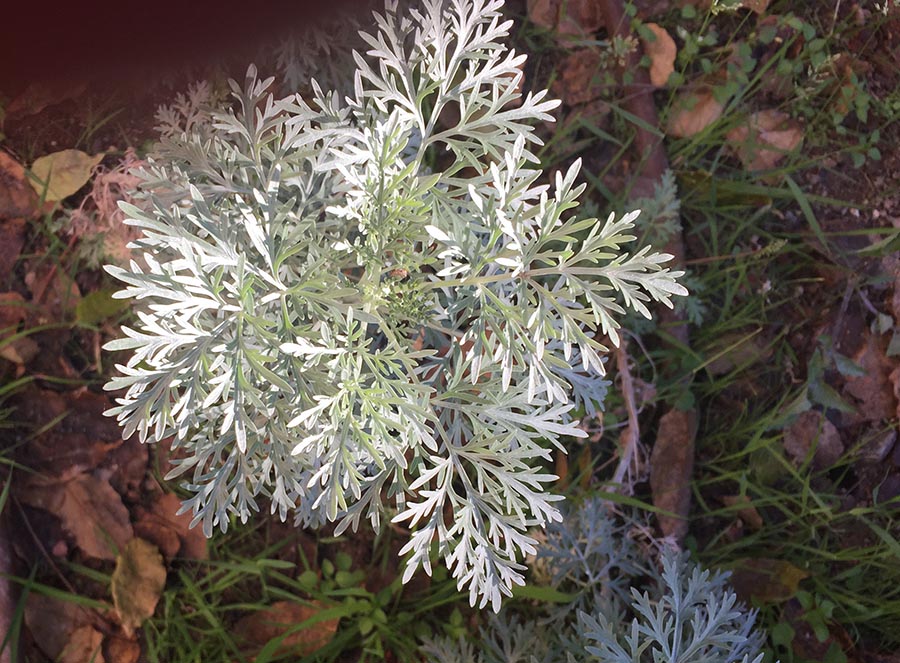 “The Prophet (may he live with peace and blessings) said: ‘Every time a Muslim plants a tree or sows a seed, he will rewarded with the counterpart for everything produced by that plant for the benefit of bird, or being, or quadruped animal’”.
“The Prophet (may he live with peace and blessings) said: ‘Every time a Muslim plants a tree or sows a seed, he will rewarded with the counterpart for everything produced by that plant for the benefit of bird, or being, or quadruped animal’”.
However to go back to the Islamic or Andalusian garden as paradise, this concept is not exclusively Islamic but rather goes back to ancient history. 2 700 AC the Babylonians described Paradise in the epic poem of Gilgamesh in this way:
‘In these immortal gardens stands a tree…this tree is next to a sacred spring’.
This passage from Genesis also manifests the symbolism of a garden as synonymous with Paradis, present equally in Judaism and Christianity:
“God planted a garden in Eden in the east, and in it he put Man whom he formed. He made all classes of trees burst grow from the earth, beautiful to behold and delicious to taste. In the middle of the garden was the tree of life, and the tree of good and bad. From Eden a river flowed forth and watered the garden, and from there divided into four channels. The first was called Pison, the second Guijon, the third Tigris and the fourth Euphrates.’
Genesis 2, 8 to 14.
However it was possibly the Persians who most nurtured spirituality in the garden, being as they were the forerunners of landscaping in the Islamic world. The word ‘Paradise’ has its origin in pairideaza, from ancient Persian. Peiri means ‘around’ and deaza, ‘walls’, which suggests a closed and private space, forerunner of the Jewish hortus conclusus. This puts the patio garden, so intimate and cosy, and so beloved of the Arabs, in contrast to their immense and infinite natural world: the desert.
And so it is that Beauty and Truth are one, they flow together as if in a stream through the cultures and through the centuries.
However the garden in its spiritual meaning is more than merely a recreation or imagination of the Garden of the Hereafter. It is associated with death, or eternal rest, as is apparent from the name given to a cemetery (rauda, one of the terms for garden). It also embodies the flowering of the human spirit, as seen in the word Raudiyah, or the discipline to educate the sold until it transforms into a fragrant garden which offers flowers and fruits.
For this reason it is not unusual for Muslims to use the term ‘win the Garden’ between themselves, referring to the spiritual wealth associated with seeking perfection in behavior.
The garden also has great significance in the daily and family routine of the Muslims, to the extent that their houses with patio gardens are referred to as riyad (or gardens). Few countries can boast of having a capital city called Riyad, as is the case of Saudi Arabia.
The Garden in the Koran
When referring to the mystic or spiritual qualities of a garden the usual term is Janna, used in the Koran to describe the Garden of Hereafter, or Paradise. It is used in the same way in the Sacred Book, followed by qualifiers, more than 120 times. The most common term in this context is Jannat al Firdaws, gardens of Paradise, although other terms are used:
Jannat al-‘adn – Gardens of eternal joy, Gardens of Eden (al-Tawbah: 72, al Ra’d23)
Jannat al-khuld – Eternal gardens (al-Furqan:15)
Jannat al-ma’wá –Dwelling gardens (al-Najm:15)
Jannat al-na’im – Gardens of delight (al-Ma’idah:65, Yunus:9, al-Hajj:56)
Janna, Paradise, is repeatedly described in the Koran. It consists of seven levels, or stations, the third (Firdaws) is the highest plane. It is where the prophets will dwell, and the salihin and awliya, or men and women protected by Allah.
“Whoever obeys God and his Chosen One will be chosen to live in gardens beneath which flow rivers, and where they will live eternally.”
Koran: Sura 4, Aleya 13
In Ar-Rahman four gardens are described. Two are green with brooks springing up and two kinds of fruit. Apart from these two gardens there are two further kinds of darkest green, in which there are abundant streams, palm trees, pomegranates and fruits. Taking into account that the number 4 us symbolic in the Muslim culture, its significance can be seen in many kinds of gardens: the cardinal points, and the four rivers of Paradise, the Pison, the Euphrates, the Tigris and the Amu Dayra.
We can thus see in a garden divided into four parts a clear Koranic ascendant. This is something little spoken about, and is erroneously ascribed to Persian, Roman or Christian cultures. According to the description in the Koran, in the Janna, the Garden of Eden, there will also be pleasant and airy homes, with generous gardens, shady walks and fountains perfumed with camphor and ginger. Rivers of water, milk and honey will flow, and a river of a wine that does not lead to drunkenness. There will be fruits within the reach of the hand, and trees without thorns.
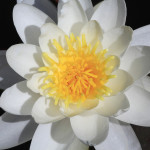 Here we see again all the deeply Islamic elements, more in origin than Persian. The Garden of the Hereafter (according to the Koran) will have spectacular amplitude, difficult to imagine, being “as wide as the sky and the earth”. The conception of time is also completely different in the divine dimension, so that a day in Paradise is equivalent to a thousand days on earth. ‘Distance is folded and time is extended’.
Here we see again all the deeply Islamic elements, more in origin than Persian. The Garden of the Hereafter (according to the Koran) will have spectacular amplitude, difficult to imagine, being “as wide as the sky and the earth”. The conception of time is also completely different in the divine dimension, so that a day in Paradise is equivalent to a thousand days on earth. ‘Distance is folded and time is extended’.
Birds too have a place in the Andalusian garden, being able to fly great distances to find peace and nutrition in them. In the same way these garden Paradises of monotheist religions, will be full of peace and will be places where earthly desires and needs are not felt, apart from being full of overwhelming pleasure.
“No words of boasting or provocation to sin will be heard, only one word : ‘Peace! Peace!’
Those from the right (who are those from the right?)
Will be between bushes without thornes, and lines of acacias, next to flowing water,
And abundant fruit, eternally in harvest, and freely given, planted in raised beds.”
(Koran : Sura 56, Aleyas 25 – 34)
We recognize many elements of the Andalusian garden in these verses: such as the raised beds which are to be seen in classic Hispano Arabic gardens where elevated platforms are planted from where to get a raised view of the garden and of the water. Lines of trees are also described, the wealth of shade, the presence of water and the generosity of fruit.
The Garden in capital letters is seen repeatedly in the Prophet Sunna (the traditions relating to the life of Muhammad) as the highest objective that the believer should aspire to. In a hadith qudsi (a saying inspired by God to Muhammad) transmitted by Ibn Abbas, Allah says:
“It s not the reward of him whom I have favored with my knowledge (maarifa) and the testament of my uniqueness (tawhid) but rather to make him a home in My Garden and in the safety of My purity by means of My mercy”.
In another hadith the Messenger of Allah told:
“The greatest door to the Garden is the awareness of Allah a good character!
Plants, fruits and fragrances in the Islamic tradition
In the same way that water, shade and architecture are important in the Koranic garden, so too is vegetation (trees, flowers and fruits). This importance is emphasized by Sunna and the Sufi poetry. Through these Koranic descriptions we see that all the vegetation referred to (equally the earthly gardens and vegetable patches, as the Garden of Eden) are of the Mediterranean or Middle Eastern variety, but adapted to the local ecology of the region in which the Message was revealed: the Arabic Peninsula.
The vides, the palm tree, the pomegranate tree, the olive tree must certainly be the essence of the Koranic species, they should not be missing in any Islamic Mediterranean garden, above all an Andalusian garden. In the case of the olive tree, it is furthermore considered to be considered to be sacred, perpetuating the Mediteranean and monotheistic beliefs.
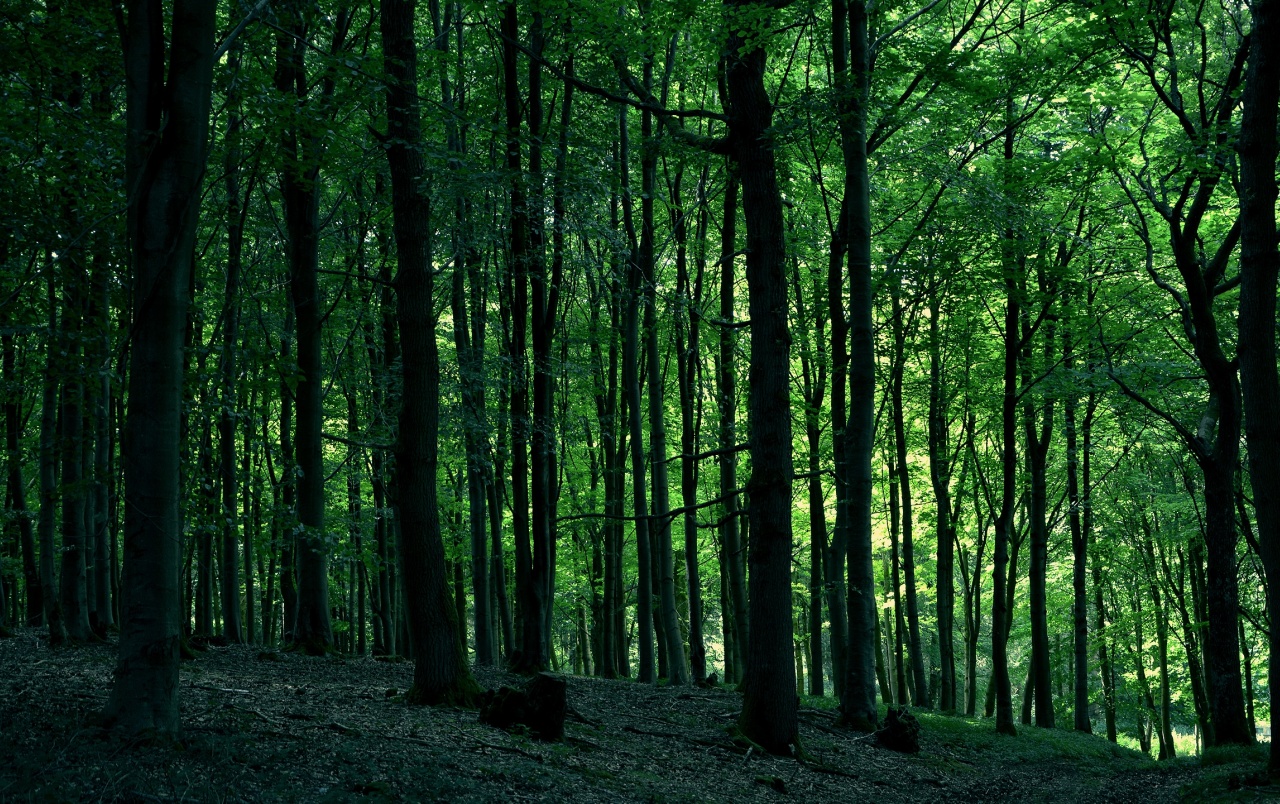 In the Aeniad Virgil associates the olive tree with peace agreements. The Greeks believed that the descendants of the gods were born under olive trees, whilst Hercules’ club was of olive Wood and it became a tree when planted in the earth. For his part Noah called it a symbol between Nature and Mankind, so that The Flood did not damage the olive branch. In the Old Testament the sons of a fertile father are compared to olive branches.
In the Aeniad Virgil associates the olive tree with peace agreements. The Greeks believed that the descendants of the gods were born under olive trees, whilst Hercules’ club was of olive Wood and it became a tree when planted in the earth. For his part Noah called it a symbol between Nature and Mankind, so that The Flood did not damage the olive branch. In the Old Testament the sons of a fertile father are compared to olive branches.
In the Koran the essence of the olive is seen in a meaningful and allegorical verse:
“God is the light of the heavens and of the earth.
His light is like a niche in which there is a small oil lamp.
The oil lamp is in a glass vase which looks like a shining star.
It is lit thanks to a holy tree, the olive, a tree neither Eastern or Western ,
Whose oil shines even though it does not touch the fire.
Light upon light”.
The pomegranate is another of the mythic fruits of Islamic culture. Apart from being mentioned in the Koran there are a number of hadith which refer to it. Not only as one of the ‘Medicine of the Prophet’ components but as carrier of the seed and of the water of Paradise.
Aniseed, mustard and aloe are also part of the Sunna, among other vegetables. Fig trees and banana trees are some of the species that benefit Mankind in this life and in the next, but there are other species, less profitable, deduced in the Koran to be from dry and infertile ground:
“But they lost their way and we sent water to flood their dykes. And we changed those two holy gardens for another two where bitter fruit grew, tamarisks and thorny bushes.” (34 – 16)
This is an example of a garden as a gesture of reward, that may be forfeited by bad earthly behavior. In this extract tamarisk and thorny bushes are associated with stony and infertile soils. The relevance of the thorny bushes is particular to the Koran. As we saw in the previous extract thorny bushes are associated with dry and stony land, but in other Surat they have a level of distinction. This is the case in those koranic verses of The Star:
“He had already seen him descend previously [Mohammed to Yibril, Gabriel],
Next to the thorny bush of the edge,
Near where the garden of the Dwelling is to be found,
When the bush was covered with that [possibly referring to the Divine Light].”
According to some Islamic mystics the thorny bush represents here a heavenly tree in the seventh heaven, to the right of the throne of Allah. This is the maximum level anyone can reach in closeness to Allah.
However in relation to the species known as sidrat in the Koran, Arabists are not in agreement and this has so far not been resolved. Some, like Julio Cortés, who translated the preceding verse, sidrat should be translated as thorny bush, whilst others translate it as lotus. What we do not know is whether this is due to the scientific translation being Ziziphus lotus.
The Sunna gives examples of the importance of an arid and desert-like medium (such as the Arabic Peninsula) as being appropriate to plant trees. This is seen in this hadith quoted by Ahmad:
“The prophet (peace and blessings be to him) said: ‘If the Hour of Justice sounds and one of you has a cutting in his hand, then plant it quickly if you can, before getting up”’.
And don’t let’s forget the symbolism of a tree as an element of wisdom:
“Can’t you see that God compares a kind Word with a strong tree? Its root is strong and its branches are lifted to the sky; it gives fruit in all the seasons by the grace of God. God speaks in parables to men for them to listen. But a malicious Word is like a rotten tree, ripped from the earth and stripped of its roots.”
Koran (14, 24-25)
So to finish let’s not forget the significance of the fragrances of the Andalusian garden. Violets, roses, jasmines, wallflowers, iris, narcissus, lavenders and all kinds of aromatic flowers, bring their perfume at different seasons, whilst the camphor, ginger, myrrh, incense and musk bring out the spiritual gardens, comforting the soul.
Water
“Whoever obeys Allah and his Messenger will be taken to Gardens watered by running streams, in which they will live to eternity”.
Koran (4-13)
 Water is another element of the garden of Janna, Paradise. It is also an essential element of the Andalusian gardens, not only for watering but also for pleasure and for the delight of the senses, due to its movement and sound. In Islam water represents purity and understanding of its transparency, luminosity and adaptability. These qualities gain more relevance by the aridness of the context: the scarcity of water in this area (where it is perceived as a blessing from Heaven) makes its presence more cherished.
Water is another element of the garden of Janna, Paradise. It is also an essential element of the Andalusian gardens, not only for watering but also for pleasure and for the delight of the senses, due to its movement and sound. In Islam water represents purity and understanding of its transparency, luminosity and adaptability. These qualities gain more relevance by the aridness of the context: the scarcity of water in this area (where it is perceived as a blessing from Heaven) makes its presence more cherished.
The symbolism of the omnipresent channels and fountains in the Hispano Arabic garden is well known. These represent the gardens of Paradise where believers will find numerous fountains and springs of ‘living waters’. What is less known is the metaphoric and spiritual meaning in the presence of ponds in the Islamic garden. Another dimension to show water in its facet as still and horizontal, with its ability to respond to hydraulic demands as well as ecological, spatial and luminosity needs.
In the Sira, or story of the life of the Prophet Muhammad, and in numerous hadiths, he will wait for believers next to a Pond, with capitals, in the next life.
This is recounted in a hadith qudsi told by Caliph Omar and transmitted by Bukhari and Muslim:
“The amplitude of my pond is long and is equal to the distance of a month’s march; its width is equal to its length, its water is whiter than milk, its perfume is more intense than lilies, its corners, its pitchers more numerous than the stars in the firmament. Whoever drinks from it will never feel thirsty again”.
However according to Islam all the preceding prophets will have their own pond in the Garden of Hereafter. This is seen in this hadith transmitted by Tirmidhi:
“The Prophet Muhammad said: ‘It is true that each Prophet will have his own pond and I beg Allah that at mine the greatest number of believers will come to drink’”.
Here we see clearly the metaphor of water as the drink that will quench the thirst of the soul. Without question the importance of the presence of ponds in the Islamic landscape tradition goes beyond that of the Persian garden, where this tradition is also seen.
The cultivation of the interior garden : the Riyadah
We will now look at the significance of the garden in the Islamic tradition, as synonymous with human perfection, the flowering of the soul. The Riyadah is not a physical garden but rather is a spiritual discipline, whose name comes from the arabic, riyad. One seeks this discipline in order to purify the soul, transforming it into a garden whose fertile soil may be sown with seed in order to give rich fruits to offer their flavor to others.
The practice of the Riyadah is of austerity, self discipline, a harnessing of sensual appetite and all things which enslave the human spirit. It is through this discipline that the Muslim reaches a superior level of awareness of the Creator. It is a matter of cultivating the interior garden.
We see how this interpretation, that of the garden as metaphor for the purification of the spirit and its fruits, is also very present in the Sufi terminology of Islam. It is thus expressed by Sheikh Mohammed ibn al-Habib al Amghari, from the 19th and 20th Centuries in his Diwan:
“You will see directly a Lord whose characteristics have been manifested in the secrets and lights of the Garden…”
For his part the Persian mystic from the VII century Abdul-Majid Majdudibn Adam Sanai wrote about the gnostic Hadiqat al-Haqiqah wa Shari’at at-Tariqah, “The Garden of Truth and the Law of the Spiritual Path” which is better known as The Walled Garden of the Truth. In this way we see from the surviving manuscripts the garden as icon in the tradition of Muslim mysticism, as a symbol of the highest state of being a human can reach.
The Garden of Rest, the Rauda
However the garden is not only key in the meaning of life, as an organic element, in perpetual motion, in growth and in transformation. The garden is also associated with death, the rest of the soul. Thus the Muslim cemetery is known as Rauda, the arabic rauda, mausoleum, and the classic raudah, garden.
The Word raudah describes a celestial garden, but also, later, it is in relation to the tomb of Muhammad. Today this term is used to describe Muslim cemeteries. In Spain, significantly, we have the Rauda, or the Real de la Alhambra cemetery. In fact all the alcázares (fortresses) had their own rauda, including family pantheons, associated with a garden, probably as anticipating the Promised Land.
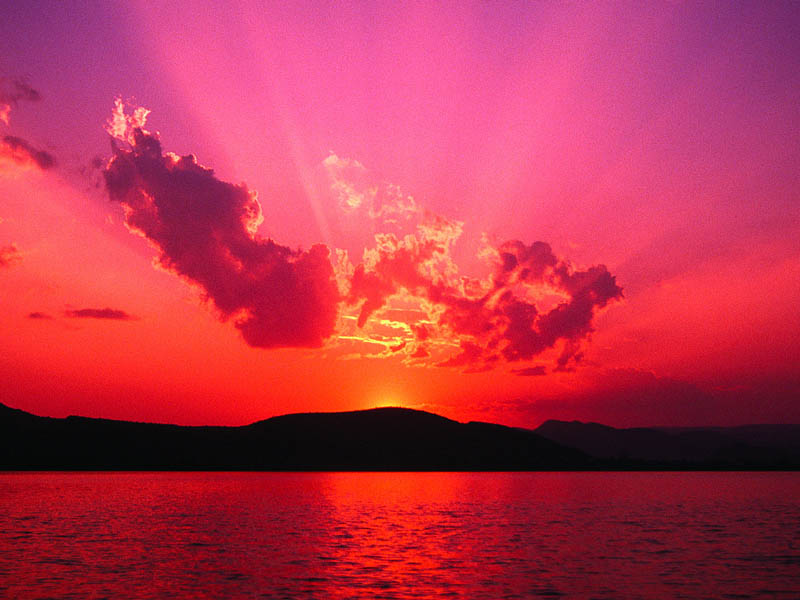 This was a feature of the alcázares of Cordoba in the 10th Century, of Sevilla in the 11th and 12th Centuries, in Valencia before the conquest, and the Alhambra, in Granada. This can be interpreted as a need to bury the body in a peaceful and green space, where the soul can rest and can start to transform in its journey towards the Hereafter.
This was a feature of the alcázares of Cordoba in the 10th Century, of Sevilla in the 11th and 12th Centuries, in Valencia before the conquest, and the Alhambra, in Granada. This can be interpreted as a need to bury the body in a peaceful and green space, where the soul can rest and can start to transform in its journey towards the Hereafter.
Furthermore there exists an Islamic tradition of caring for cemeteries as a useful exercise for the community. Caring for cemeteries, keeping them neat, is considered in Islam as a sort of sadaqa, or act of piety.
In FUNCI we have chosen the symbol of the garden, based on its Islamic significance and also on its peaceful properties that are conducive to wellness and personal fulfillment. Through our program Med-o-Med, Cultural Landscapes of the Mediterranean and Middle East we use this symbol as a means of meeting and sharing in a context that leads to serenity and understanding, far from the whirl of daily life.
Cherif Abderrahman Jah is the President of FUNCI
Translation into English: Winnie Matos
Photographs: Inés Eléxpuru


